50+ Sample Referral Forms
-
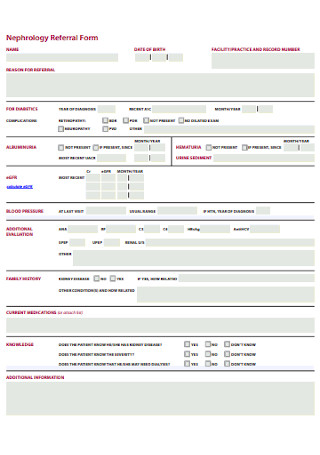
Nephrology Referral Form
download now -
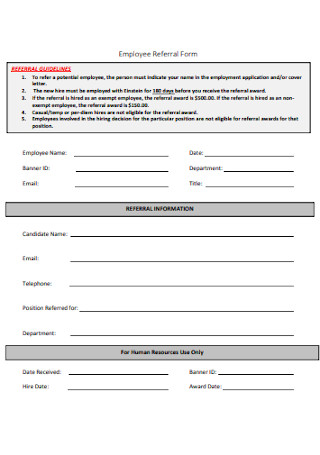
Employee Referral Form
download now -
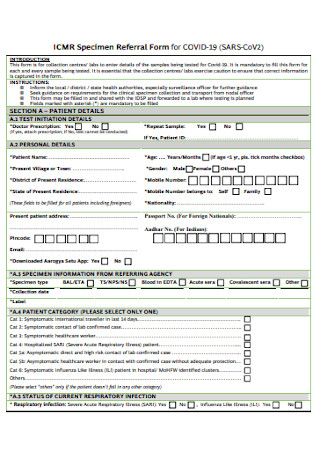
Specimen Referral Form
download now -
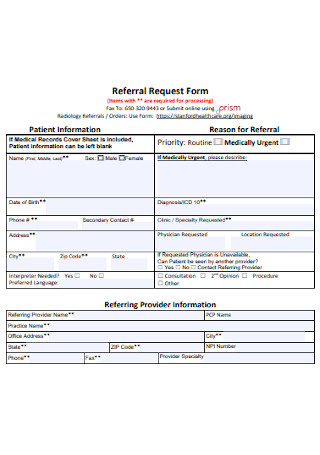
Referral Request Form
download now -
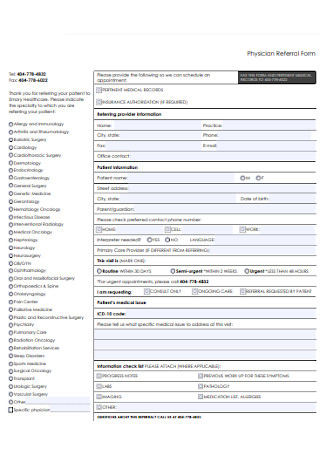
Physician Referral Form
download now -
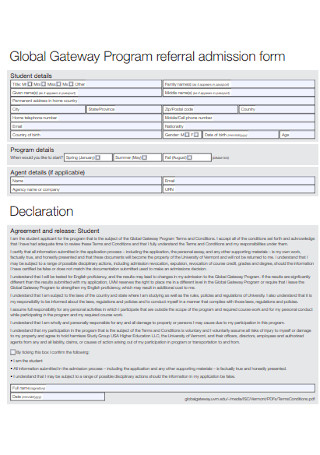
Program Referral Admission Form
download now -
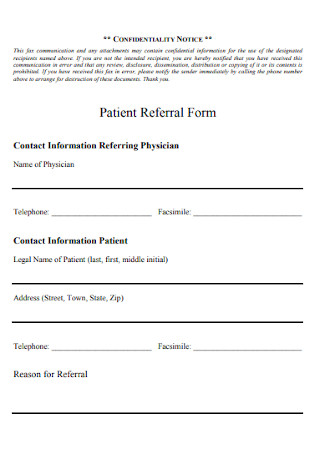
Patient Referral Form
download now -
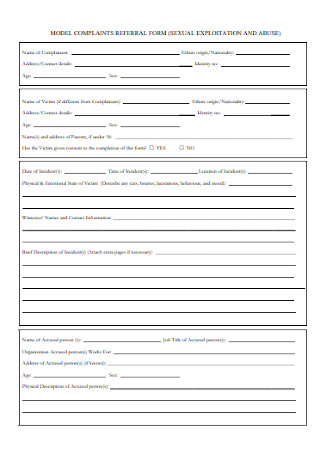
Model Complaint Refferal Form
download now -
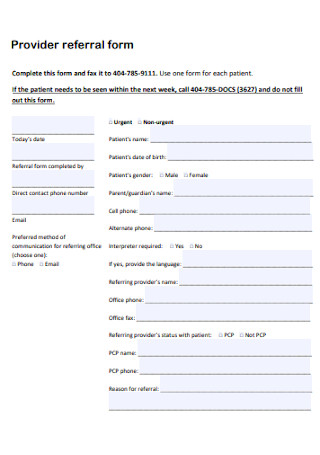
Provider Referral Form
download now -
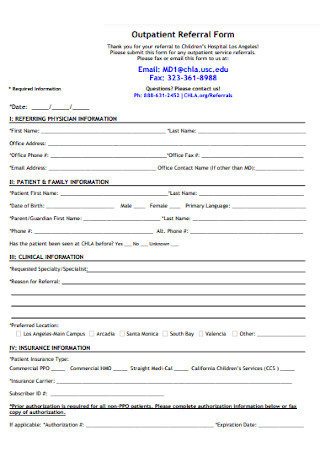
Outpatient Referral Form
download now -
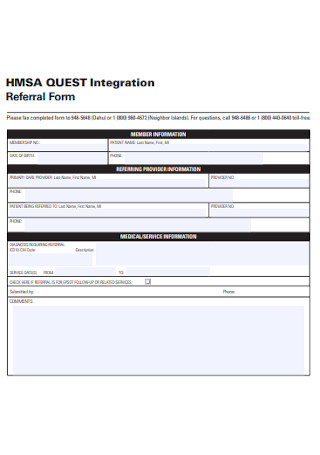
Integration Referral Form
download now -
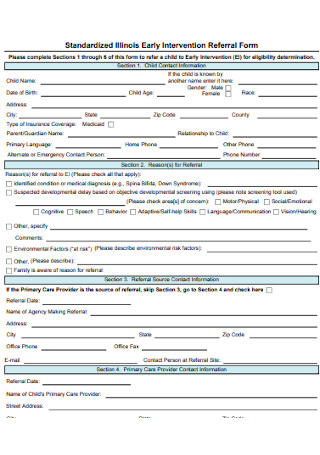
Early Intervention Referral Form
download now -
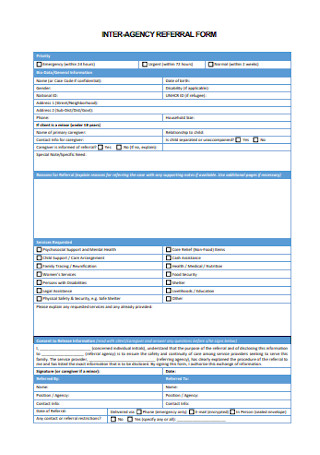
Inter-Agency Referral Form
download now -
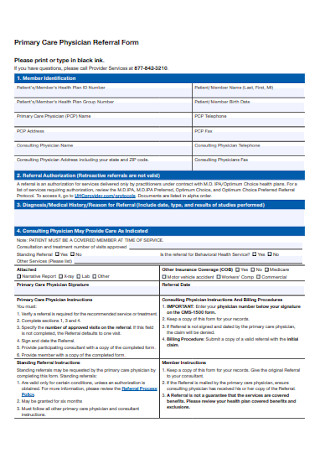
Primary Care Physician Referral Form
download now -
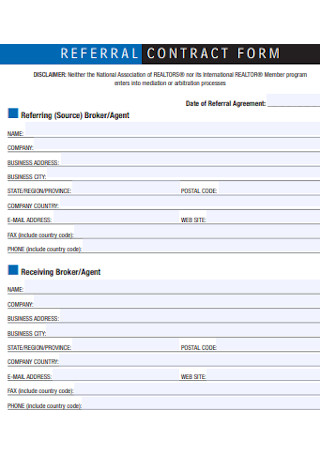
Referral Contract Form
download now -
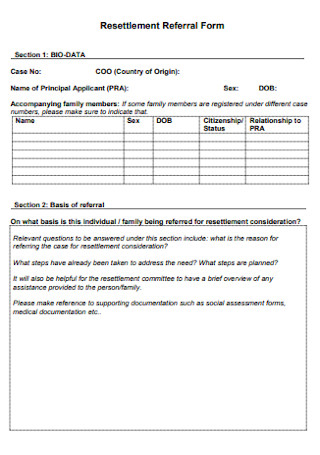
Resettlement Referral Form
download now -

Sample Employee Referral Form
download now -
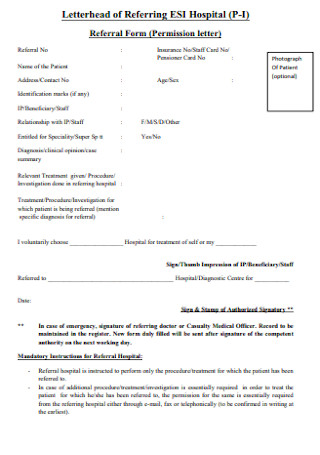
Hospital Referral Form
download now -
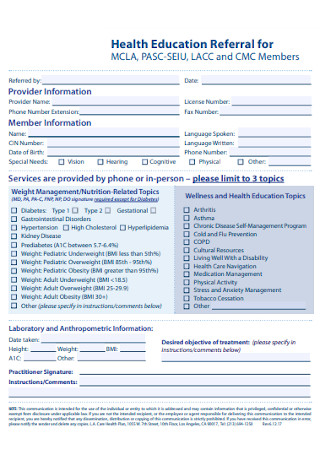
Health Education Referral Form
download now -

In-Network Specialist Referral Form
download now -
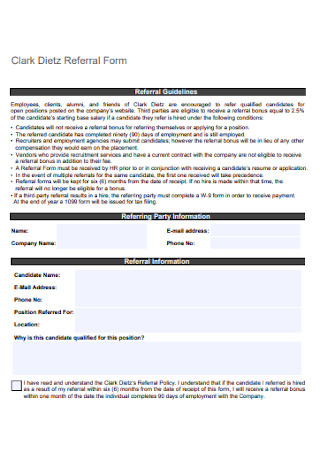
Clark Dietz Referral Form
download now -
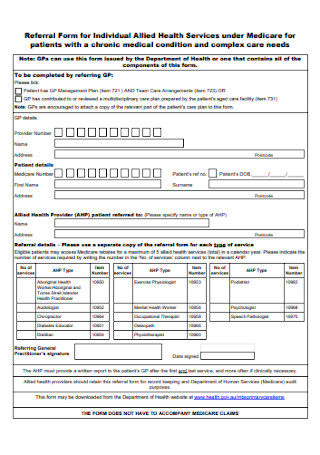
Referral Form for Individual Health
download now -
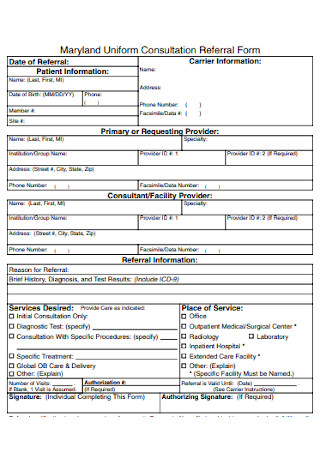
Uniform Consultation Referral Form
download now -
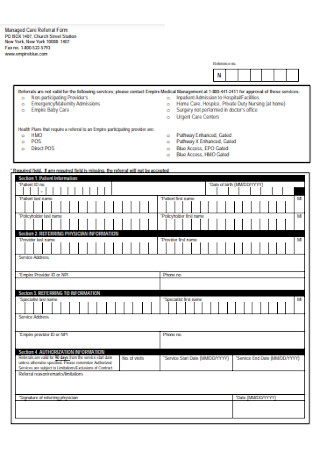
Managed Care Referral Form
download now -
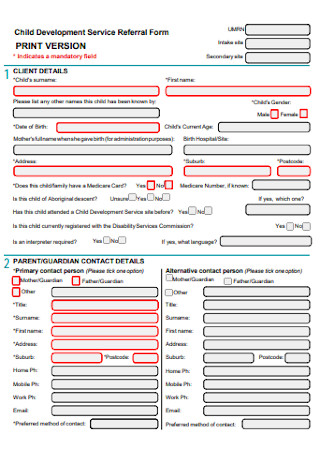
Child Development Service Referral Form
download now -
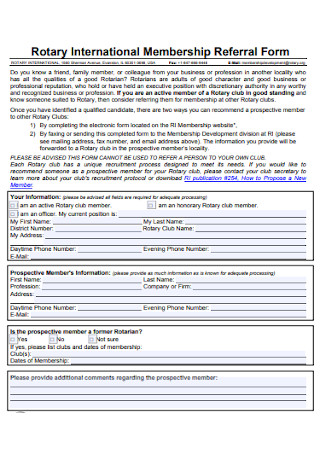
International Membership Referral Form
download now -
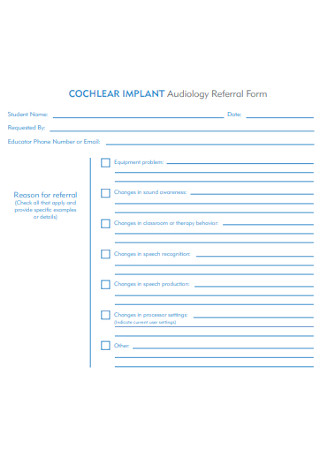
Audiology Referral Form
download now -
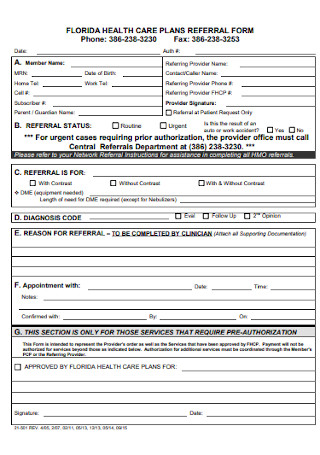
Health Care Plan Referral Form
download now -
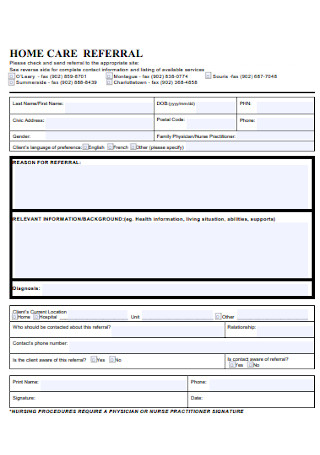
Home Care Referral Form
download now -
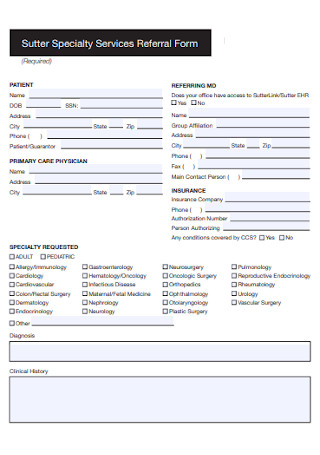
Specialty Services Referral Form
download now -
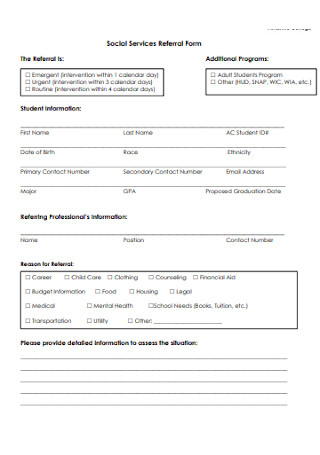
Social Services Referral Form
download now -
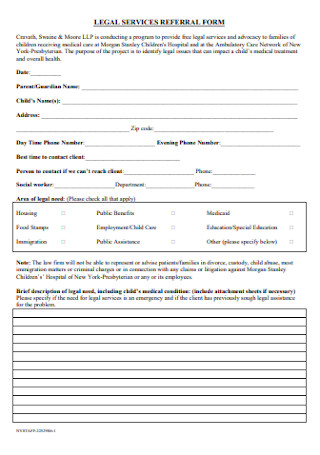
Legal Services Referral Form
download now -
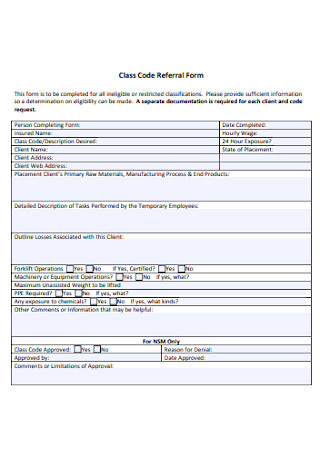
Class Code Referral Form
download now -
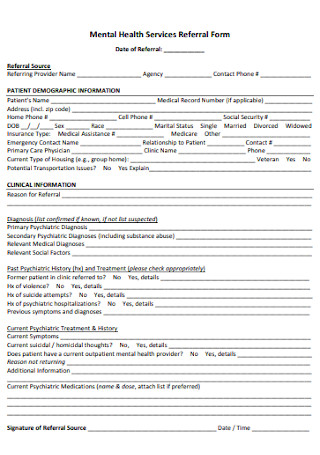
Mental Health Services Referral Form
download now -
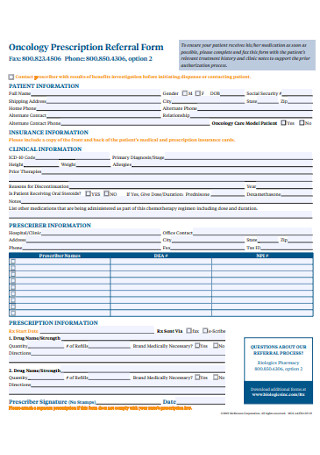
Oncology Prescription Referral Form
download now -

Care Management Referral Form
download now -
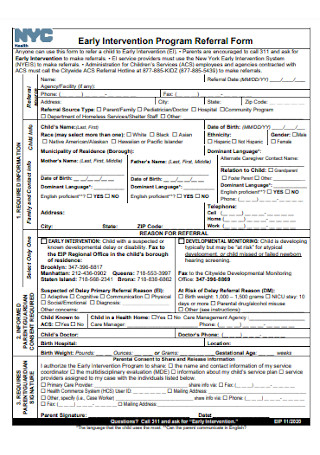
Early Intervention Program Referral Form
download now -
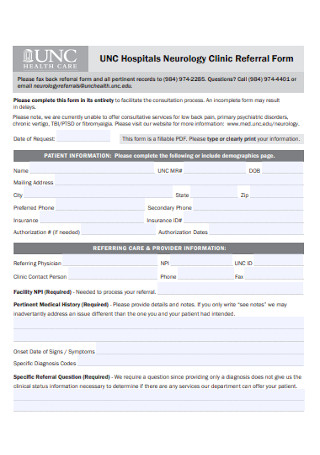
Hospitals Neurology Clinic Referral Form
download now -

Uniform Screening and Referral Form
download now -
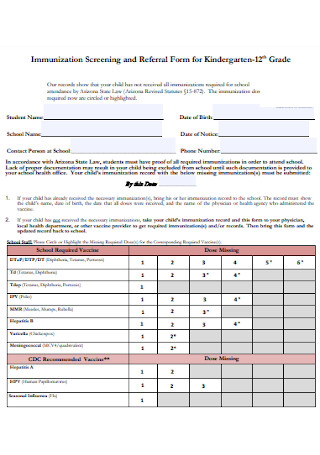
Immunization Screening and Referral Form
download now -
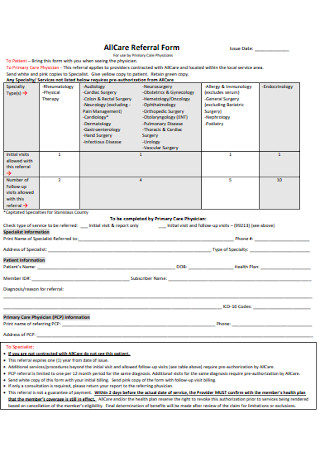
AllCare Referral Form
download now -

Specialty Referral Form Template
download now -
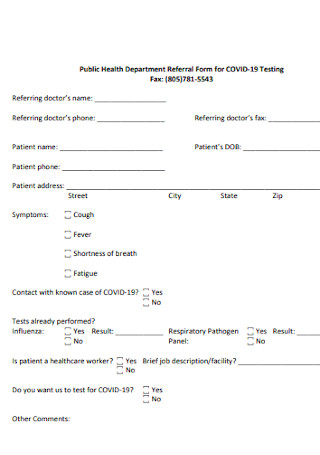
Public Health Department Referral Form
download now -
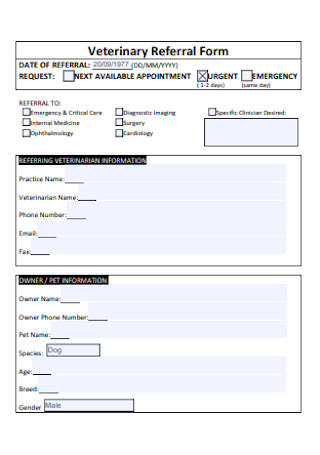
Veterinary Referral Form
download now -
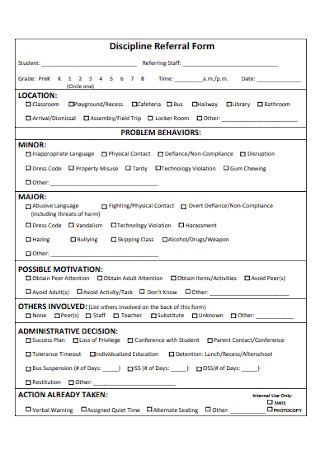
Discipline Referral Form
download now -

Global Referral Form
download now -
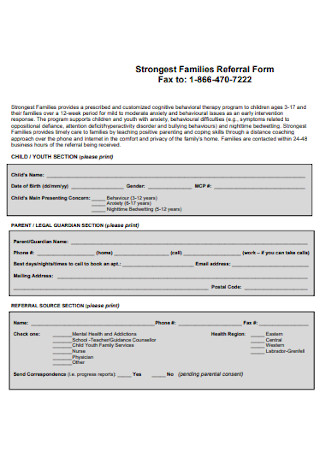
Strongest Families Referral Form
download now -

Sample Care Management Referral Form
download now -
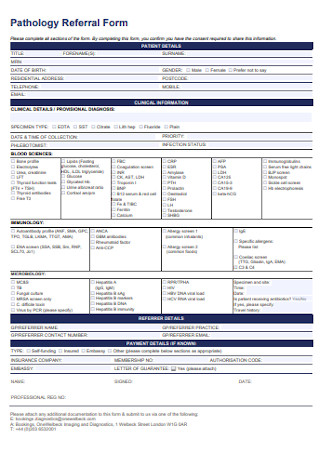
Pathology Referral Form
download now -
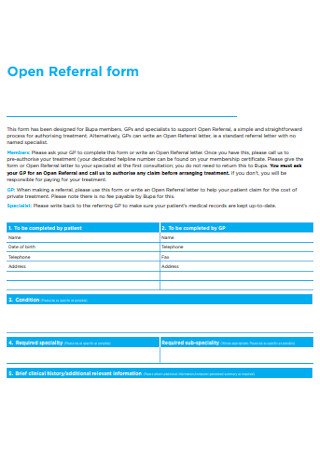
Open Referral Form
download now -
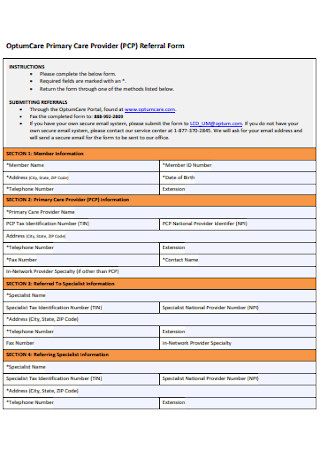
Primary Care Provider Referral Form
download now -

Safer Pathway Referral Form
download now -

Hepatology Referral Form
download now
FREE Referral Form s to Download
50+ Sample Referral Forms
Referral Forms: What Are They?
Basic Elements of a Referral Program
Common Examples of Referral Forms
How to Launch a Successful Referral Program
FAQs
Why is it essential to create a referral program?
What are some proven tips to get a referral?
Aside from word-of-mouth, what are other effective ways to get more referrals?
Referral Forms: What Are They?
Calling for referrals can help boost your business or facilitate your institution’s needs, but it takes a long time to see visible results when you start running a referral program. It wouldn’t be complete without the use of referral forms. Referral forms are useful in generating leads for a business statement and in expanding the talent pool for job recruitments.
Referrals have higher success rates compared to other types of lead generation. With that being said, referral marketing plan is a potent tool in reshaping the way clients think and feel about your brand. It revamps and renews your marketing strategies in developing your business, and it facilitates services if you are in an institution. It also strengthens client engagement; thus, it builds trust and deepens connections with clients across all fields.
Numbers do not lie. An online survey by Harris Poll on behalf of Ambassador shows that more than 80% of Americans reveal that they look for recommendations from friends and loved ones when purchasing things. This alone backs up our claims that referrals are one of the most effective lead generation techniques; therefore, referral forms are important documents, and it doesn’t hurt to learn how to craft and distribute them.
Basic Elements of a Referral Program
Maintaining customer relationships is important to keep the longevity of your business. One way to invite new clients is to get referrals from loyal customers. Spurring your customers to make more referrals can be made much effective if you run a referral program. Here are some of its essential elements:
Common Examples of Referral Forms
These are typical examples of referral forms you may have come across. Here is a list of various types of referral forms used across many industries:
How to Launch a Successful Referral Program
Word-of-mouth is an effective sales strategy, but it is a referral program that can jump-start it. Here are steps to launch a referral program:
Step 1: Make Goals.
Planning is the first step along with goal-setting. It is important for you to ponder on your whys. What is your goal in the referral program you are launching? Apart from expanding your customer list, what else do you want to get out of this? You may be wanting to improve your revenue, achieve more brand ambassadors, build followers, or improve client loyalty. A goal is the most important thing in this undertaking. Determine your objectives and how measurable, realistic, and specific they are, so you can gauge the program’s success and developments.
Step 2: Establish the Message.
A referral program should be easy to grasp. It must be viable. Customers wouldn’t care about your brand or product if they do not understand it, and if it isn’t workable. See to it that you define how the referral program actually works, how it’s done, and what your target clients can do about it. Call-to-actions shouldn’t just be catchy; they also need to be plain and clear. Companies and brands with a landing page that has a convincing call-to-action that piques the interest of potential customers are definitely doing a great job. The call-to-action must be clear in stating what must be done and the reasons for doing so. A landing page should also outline the referral programs’ specifics.
Step 3: Select an Incentive.
Asking people to refer a friend or family member isn’t sufficient to convince people, and it cannot arrive at the results you want. An incentive offered is useful to entice people. This can refer to discounts given on services and products or it could come in a form of money. Whatever course of action you take or how creative you can get depends on you, just be sure that the incentive adds value to your brand and for your clients. It is best to put yourself in the place of your customers. As a customer, you wanted something that you can benefit from.
Step 4: Create a Landing Page.
There should be one location where clients can get access to all information about your business or institution and about the referral program you have launched; thus, make a landing page on your website. Be sure to make the page easy to find. Use SEO techniques so potential clients and anyone who surfs the internet can find you effortlessly. The call-to-action and the principal message should be found on the landing page. Include the details on the process for submitting a referral. One more thing to incorporate is a digital form like a customer referral form right on the landing page to facilitate fast and smooth submission of referrals.
Step 5: Concentrate On Analytics.
Be sure you have prepared your analytics before kicking off with launching the program. With the help of a software, you can keep track of the success of the program. You will be able to determine how netizens reach your landing page.
Step 6: Word of Mouth
Let people know about your referral program. Spread the word and create a weekly schedule to promote your program on blogs, social media, and email. Use different platforms so you can reach out to many people.
Step 7: Train Workers.
The best representatives of your brands are not actually the paid models, influencers, or ambassadors but your employees. The use of marketing techniques and channels will be in vain if you do not train your employees. Once they are knowledgeable and highly trained, they will be as effective as the marketing medium you use. Educate them on the specifics of the program so that they’ll know how to discuss and share it with others. Spur them to talk about the referral program with their friends and loved ones.
FAQs
Why is it essential to create a referral program?
A referral program is important because achieving your needs and goals becomes as seamless as possible once it’s integrated. It lays out realistic expectations, prevents congested customer service, equips individuals and businesses to create referrals without worrying about the inconvenience that comes with the process, and promotes decent customer satisfaction scores.
What are some proven tips to get a referral?
This may not be a common tip and trick but appreciate, acknowledge, and express gratitude to all who helped make a referral. Send them a thank-you note, give them a call, surprise them with an email, or speak to them in the flesh. It’s essential to thank all the sources for your referrals in a polite and sincere manner. In so doing, you are causing others to make referrals and recommendations, too. Moreover, if you have a digital referral form template, incorporate a link to that form on your landing page or website.
Aside from word-of-mouth, what are other effective ways to get more referrals?
Give referrals if you want to gain more referrals. It’s a give-and-take; furthermore, use a template. Templates turn complicated projects into simple, doable tasks. A referral form template can showcase relevant details and ensure the validity of information in no time.
As a review, the general idea of a referral is for job seekers who are referred to by friends as potential candidates to a vacant position in a company, but its definition shouldn’t be confined to this particular notion. The term is broad and it applies to almost all industries and fields, from banking to health institutions to real estate and education. Using a referral form is the simplest as well as the most professional way to get referrals. Browse through a wide array of sample referral forms posted on our site. From a generic referral form to something specific depending on your needs, we’ve got it all for you. They are easy-breezy to edit. Plus, you can tweak the forms according to the look and feel you prefer. Download today!
